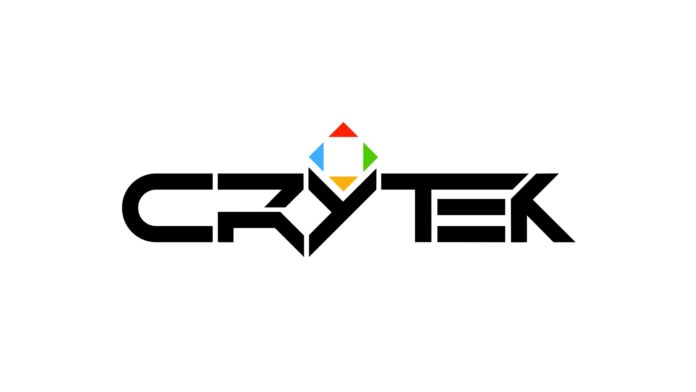Crytek has gotten used to the limelight by now, though the audiences aren’t always pleased with their performance. Recently at GDC, they showcased a ray-traced demo using the CryEngine on an AMD Radeon Vega 56 GPU. This little stunt while certainly admirable, received quite a bit of flack from many enthusiasts (including myself) who noticed that the reflections didn’t match the casting objects in multiple cases and the quality too was subpar for it to be full-fledged ray tracing. Crytek responded by clarifying that the reflections were half-resolution and the ones regularly brought up in discussions were that way because of the use of LOD. You can read more on that here:
Crytek Says Ray Tracing Demo Was Only Partially Ray Traced with Half Resolution Reflections

Crytek has revealed its future plans for the CryEngine and it seems like the team will continue to push the boundaries of PC gaming graphics with the integration of ray tracing and low
CryEngine 5.6: Highlights
The upcoming summer update (v5.6) generally focuses on all-around improvements to the engine from CPU optimizations and memory footprint reduction to improved
- Discord Platform Plugin
- Reduce Overhead Cost of Profilers
- Memory Footprint Reduction
- Various CPU Optimizations
- Mesh and Opaque Particles Cast Shadows
- Renderer Optimization Pass
- Tessellated Particle Ribbons
- CryPhysics Usability Improvements
- Improvements to PhysX Integration
- Physics Aware Full Body IK for Ragdolls
- Pressurized Closed Buoyant Cloth
Related:
AMD and NVIDIA Graphics Card Prices May Rise in the US, Fall in Asia
Spring 2020 Update (v5.7)
Unlike its predecessor, the Spring update focuses on adding modern rendering technologies to the already cutting-edge CryEngine. Of course, ray-tracing is what stands out, but be aware that this is voxel-based ray-tracing which is more performance friendly (but also less precise) compared to the polygon-based ray-tracing that NVIDIA has been utilizing. More on that here. As already mentioned at the beginning of this post, Microsoft’s DX12 API (

In terms of graphics, the reflection, lighting, and LOD will be notably improved while the native CryPhysics module will also get attention along with further PhysX development. Other mentionable updates include support for Android and the standalone VR headset, the Oculus Quest. The Spring roadmap includes:
- Android Support
- Generic Area System
- Generic Reflection System
- Oculus Quest Support
- Area Lights Implementation
- Full DX12 and Vulkan Support
- Improved Multiple View Rendering
- LOD Baker
- Opaque Particles Use Deferred Lighting
- SVOGI Raytracing Support
- Advanced Physics Entity Components
- CryPhysics Usability Improvements
- Further PhysX Development
The inclusion of low-level APIs like Vulkan and DirextX12 means that AMD hardware will only get better due to better CPU utilization and asynchronous compute. NVIDIA’s newer Turing architecture should also benefit from it, although the gains won’t be as prominent. World War Z and the Divison 2 are prime examples of that.
Read more:


